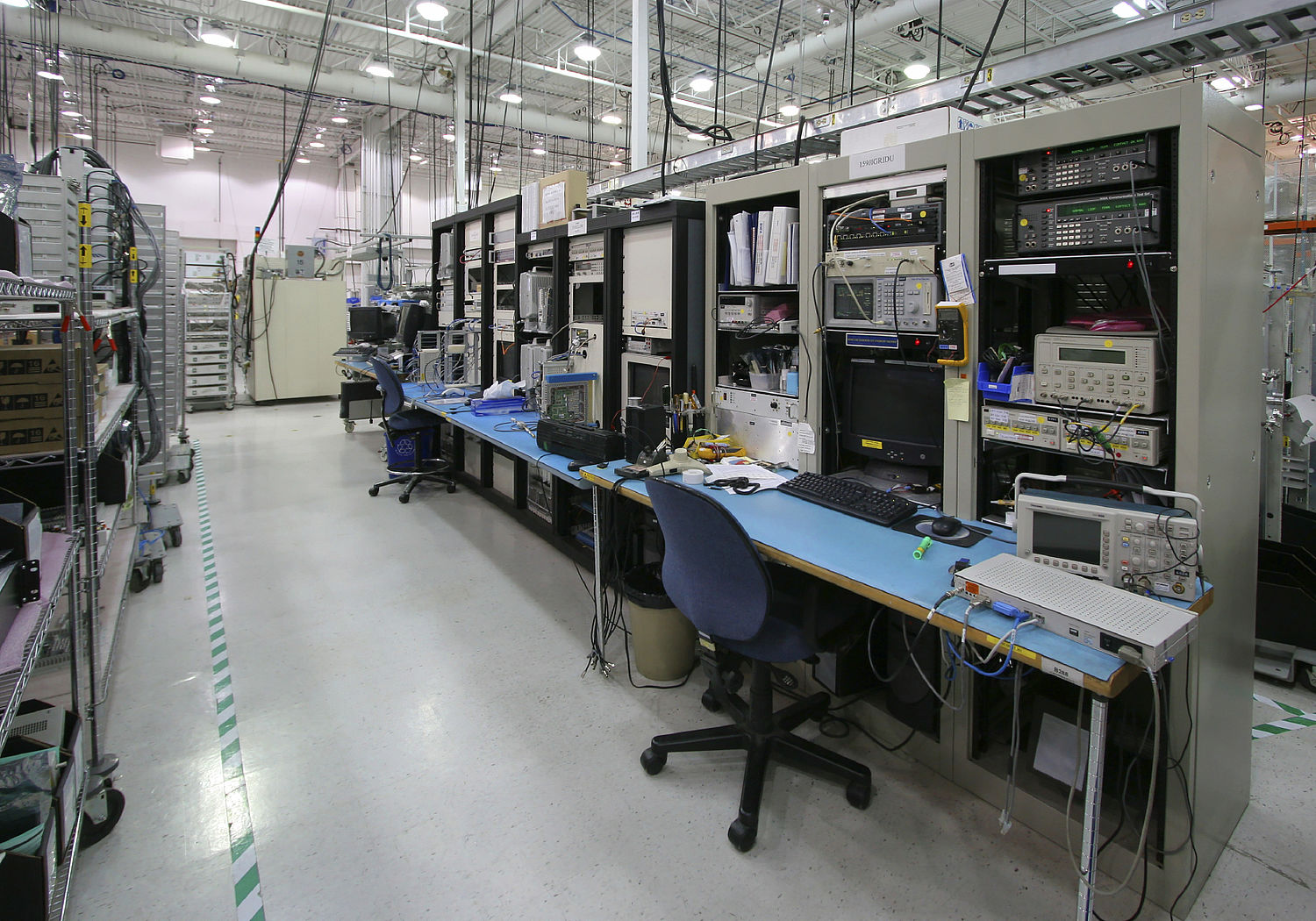Quantum resistance metrology based on graphene
Short Name: GraphOhm, Project Number: SIB51
Portable quantum resistance standards: Making quantum resistance standards more widely available in industry
Resistors are used to manage the current flow in many electrical systems, whilst accurate resistance measurements underpin the precise control needed for sophisticated electronics and sensors. Highly accurate NMI resistance standards based on the Quantum Hall Effect (QHE) are used to link industrial instruments that characterise electronic components to the Ohm - the SI unit of resistance.
When electrical current passes through a magnetic field at right angles to the current’s flow a voltage difference is generated across the conductor. This is called the Hall Effect. In very high magnetic fields and at extremely low temperatures, two dimensional structures produce the quantum version of the Hall Effect. Two-dimensional graphene has the potential to simplify the experimental conditions needed by today’s NMI QHE standards. New methods for manufacturing suitable graphene, and ways to reliably characterise its performance are required before graphene can be considered for precise NMI resistance standards.
This project investigated the use of graphene to create more practical resistance standards.
The Project:
• Developed methods for fabricating graphene suitable for use as a resistance standard, by growing graphene films on a substrate, and developed approaches to confirm its quality
• Confirmed graphene produced the QHE at higher temperatures and lower magnetic fields than existing resistance standard materials, whilst also identifying the further work needed to improve flow of electrons
• Demonstrated the potential for using graphene for impedance standards, the equivalent to resistance for AC current, which can confirm the performance of AC sensors and electronics such as touch screens
• Developed a room temperature instrument for scaling QHE resistance values, providing an alternative to cryogenic current comparators which rely on liquid helium to create very low temperatures.
As a result of this project, more European NMIs can now fabricate resistance grade graphene, and easier to use resistance standards have been developed. These are increasing the availability of highly precise resistance calibrations across the EU. Shortening the resistance calibration chain and bringing high quality resistance standards closer to industrial users will help innovation in electronic devices and supports increased competitiveness.
The project’s manufacturing method for high-quality large-area graphene wafers is proving valuable for developing new graphene technologies, such as sensors for small magnetic fields, as well as those for radiation and gas detection.
Simpler resistance standards, and in the future potential impedance standards, will spur innovation in a wide range of technologies where the electrical resistance of materials is important, including sensors, electronics and communications.
Coordinator: Franz Josef Ahlers (PTB)
For more information, please contact the EURAMET Management Support Unit
Phone: +44 20 8943 6666
E-mail: empir.msu@euramet.org
Digest on Conference on Precision Electromagnetic Measurements (CPEM2016)
Digest on Conference on Precision Electromagnetic Measurements (CPEM2016)
Nature: Scientific Reports
Digest on Conference on Precision Electromagnetic Measurements (CPEM2016)
Metrologia
29th Conference on Precision Electromagnetic Measurements (CPEM 2014)
Digest on Conference on Precision Electromagnetic Measurements (CPEM2016)
Digest on Conference on Precision Electromagnetic Measurements (CPEM2016)
Digest on Conference on Precision Electromagnetic Measurements (CPEM2016)
Digest on Conference on Precision Electromagnetic Measurements (CPEM2016)
Digest on Conference on Precision Electromagnetic Measurements (CPEM2016)
Digest on Conference on Precision Electromagnetic Measurements (CPEM2016)
Digest on Conference on Precision Electromagnetic Measurements (CPEM2016)
Digest on Conference on Precision Electromagnetic Measurements (CPEM2016)
Low contact resistance in epitaxial graphene devices
Nature Nanotechnology
Nature: Scientific reports
Epitaxial graphene on SiC: modification of structural and electron transport properties by substrate pretreatment
Operation of graphene quantum Hall resistance standard in a cryogen-free table-top system
A prototype of RK=200 quantum Hall array resistance standard on epitaxial graphene
Structural, optical and electrostatic properties of single and fewlayers MoS2: effect of substrate
High mobility epitaxial graphene devices via aqueous-ozone processing
Disorder induced Dirac-point physics in epitaxial graphene from temperature-dependent magneto-transport measurements
Ultrasensitive NO 2 Gas Sensor Based on Epitaxial Graphene
Measuring the Thickness of Flakes of Hexagonal Boron Nitride Using the Change in Zero-Contrast Wavelength of Optical Contrast
Nano Letters
Wiley Online Library- Advanced Materials
Physical Review B
Cornell University Library
Metrologica (BIPM & IOP Publishing Ltd)
The EMRP Project GraphOhm - Towards Quantum Resistance Metrology Based on Graphene
Science Direct, Elsevier Carbon
29th Conference on Precision Electromagnetic Measurements (CPEM 2014)
Applied Physics Letters
29th Conference on Precision Electromagnetic Measurements (CPEM 2014),
A Low-Frequency Current Comparator For Precision Resistance Measurements
29th Conference on Precision Electromagnetic Measurements (CPEM 2014)
Breakdown of the quantum Hall effect in epitaxial graphene
Hot carrier relaxation of Dirac fermions in bilayer epitaxial graphene
NPG Asia Materials (2014) 6
Applied Physics Letters
